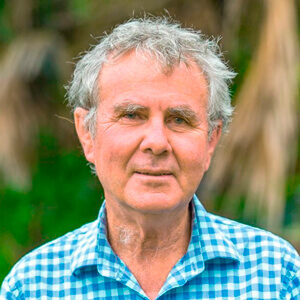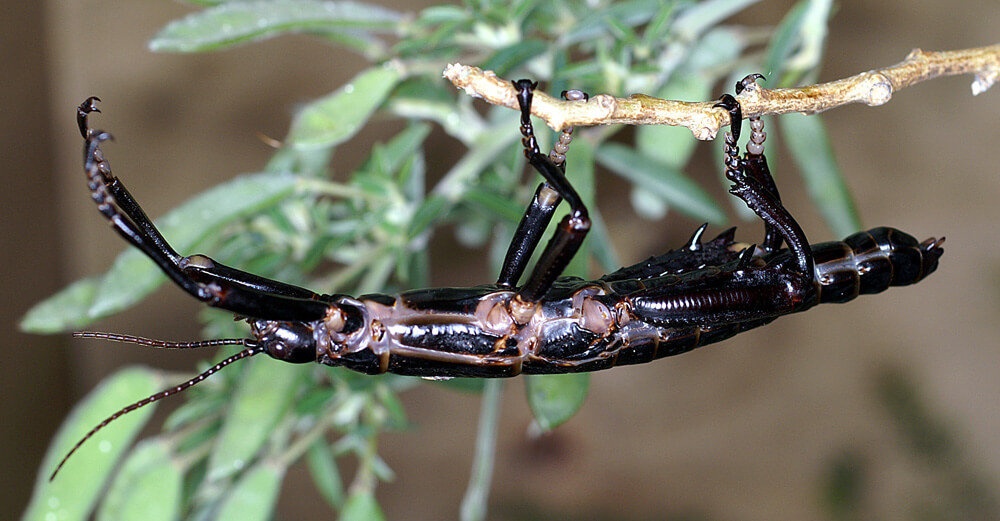
Earth Day 2025
April 22nd is Earth Day 2025. We invite all e-bike owners on the island to meet at Signal Point for a group photo.
While Lord Howe Island is arguably the most beautiful island in the Pacific, it is also one of the most pristine natural environments, with a wealth of man-made history stretching back one and a half centuries.

Founded in 1978, the Lord Howe Island Museum has over 50,000 scientific specimens, books, photographs and cultural objects in its collections.
We are open all year round, 7 days a week, from 9am each day. Be sure to pay us a visit when you come to Lord Howe Island. Entry is free, and the Museum is a popular meeting place for islanders and tourists alike.
Even if you cannot visit, you can browse through these pages and learn about our latest exhibitions, animal and plant factsheets, citizen science, and education programs for all.
Ian Hutton – Curator
Our Museum does not charge entry fees, and relies on your generosity in order to stay open. Please consider supporting us.

These large stick insects, once common all over the island, were eaten into extinction by introduced rats by 1930. However, in 1964 rock climbers photographed a dead phasmid on Balls Pyramid, 23 km southeast of the island. In 2001 scientists visited Balls Pyramid and collected live phasmids, and Melbourne Zoo have a breeding program raising phasmids for eventual release back on the island.
Come to the Museum and learn about their return from the edge of extinction.

April 22nd is Earth Day 2025. We invite all e-bike owners on the island to meet at Signal Point for a group photo.

In the summer on Lord Howe Island we see several birds visiting from the northern hemisphere.
The Museum Newsletter is published approximately once per month and contains news and information about activities and events at the Museum, as well as links to recent articles and blogs.
Read the latest newsletter:
October 2023